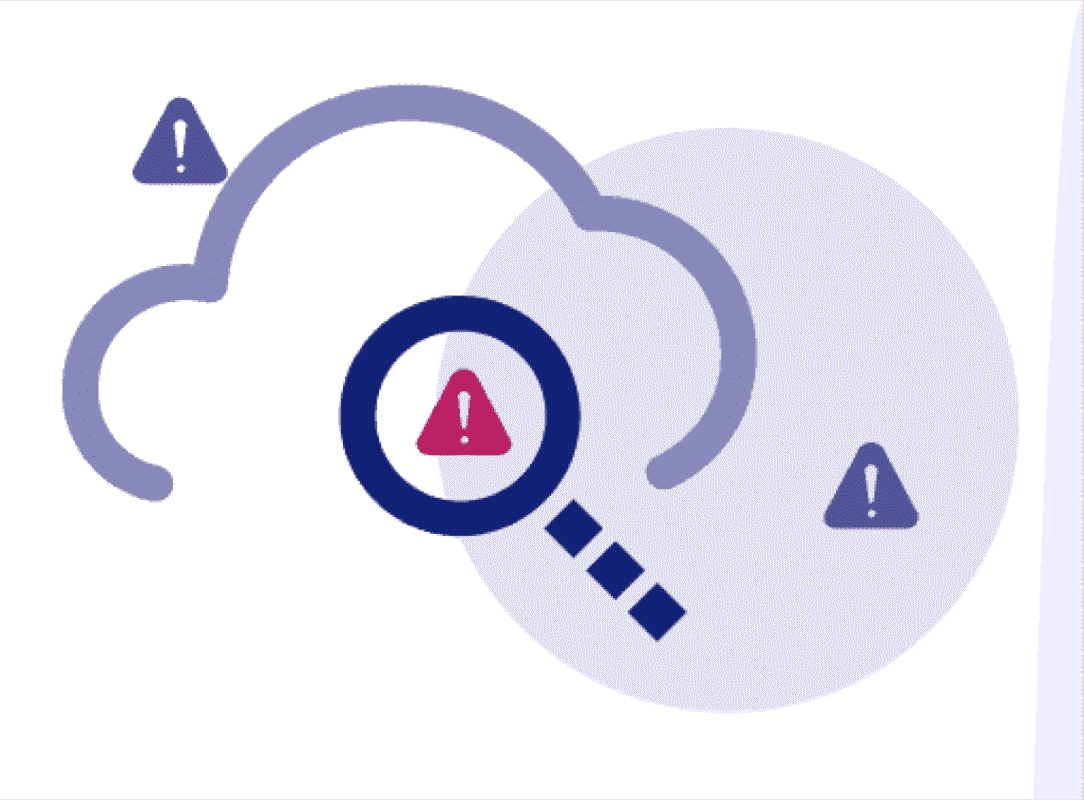The concept of a secure digital perimeter is rapidly becoming obsolete. As organizations embrace cloud computing, remote work, and increasingly interconnected systems, the traditional castle-and-moat security model no longer provides adequate protection. In its place, a new paradigm has emerged: Zero Trust. This framework operates on a simple but powerful principle: never trust, always verify. It demands that every access request, regardless of its origin, be authenticated and authorized before granting entry.
Achieving a true Zero Trust architecture is not a single-step process. It requires a multi-layered strategy where various security components work in concert. Central to this strategy is the firewall. However, a firewall is only as effective as the rules that govern it. This is where robust firewall policy management becomes a critical enabler of both Zero Trust principles and overall secure access. Without a systematic approach to creating, enforcing, and maintaining firewall rules, even the most advanced security infrastructure can be undermined by human error, misconfigurations, and policy bloat.
Firewalls in a Zero Trust Framework
In a traditional network, firewalls were primarily positioned at the edge, inspecting north-south traffic entering or exiting the corporate network. The assumption was that anything inside the perimeter was trusted. Zero Trust dismantles this assumption. It requires micro-segmentation, where the network is broken down into smaller, isolated zones to limit lateral movement by potential attackers. This means firewalls—both physical and virtual—are deployed not just at the edge but also internally, between applications, data centers, and cloud environments.
This proliferation of firewalls dramatically increases the complexity of managing policies. Each firewall contains a list of rules that dictate what traffic is allowed or denied. A single misconfigured rule could create a significant security gap, while overly restrictive policies can hinder business operations.
A comprehensive Zero Trust strategy, therefore, relies on precise, dynamic, and consistently applied firewall policies. These policies must enforce the principle of least privilege, granting users and systems only the minimum level of access required to perform their functions.
Manually managing this intricate web of rules across a hybrid, multi-cloud environment is not just inefficient; it’s virtually impossible to do securely and at scale.
Aligning Policy Management with Zero Trust
Implementing Zero Trust is a journey, and effective firewall policy management is the vehicle that drives much of its success. It directly supports the core tenets of the framework by providing the visibility, control, and automation necessary to enforce granular access controls consistently across the entire digital estate. Modern firewall policy management solutions are designed to address this complexity, turning abstract principles into enforceable rules.

Policy management platforms offer a unified view of all firewalls and their rules, regardless of vendor or location (on-premises, cloud, or hybrid). This single pane of glass allows security teams to understand traffic flows, identify risky or redundant rules, and ensure policies align with security goals. Without this visibility, teams are operating in the dark, making it impossible to verify that access controls are being correctly applied.
Automation as a Cornerstone of Secure Access
The speed of modern business demands agile IT operations. New applications are deployed daily, and users require access to resources from anywhere. Manually processing firewall change requests in this dynamic environment is a major bottleneck and a primary source of security risk. A request to open a port for a new application could take days or weeks to fulfill, and the pressure to move quickly often leads to security oversights. Studies have shown that misconfigurations, not sophisticated cyberattacks, are a leading cause of data breaches.

This is where automation becomes indispensable. Advanced firewall policy management solutions automate the entire change lifecycle, from request and analysis to implementation and validation. When a change is requested, the system can automatically assess its potential risk, check it for compliance with internal standards and external regulations, and even simulate its impact before deployment. This removes the potential for human error and ensures that no change inadvertently creates a vulnerability.
Key benefits of automating firewall policy changes include:
- Reduced Risk: Automated pre-change risk analysis prevents the introduction of misconfigurations that could expose the network to threats.
- Increased Agility: Security teams can approve and implement low-risk changes in minutes instead of days, allowing the business to move faster without compromising security.
- Improved Compliance: Automation ensures that every change is documented and audited, providing a clear trail for compliance reporting for frameworks like PCI DSS, HIPAA, and SOX.
- Enhanced Security Posture: By streamlining the cleanup of old rules and ensuring new ones are secure, automation helps maintain a strong and consistent security posture over time.
This automated approach is fundamental to implementing secure access in a Zero Trust world. It ensures that policies can adapt in real-time to changing business needs while continuously verifying that every connection is legitimate and authorized. The use of effective firewall policy management solutions transforms the firewall from a static gatekeeper into a dynamic and intelligent enforcement point.
Bridging Policy Management and Broader Security Ecosystems
| Aspect | Details |
|---|---|
| Foundational Role in Security | A mature Zero Trust framework relies on deep integration across the security ecosystem, ensuring that every access decision is informed, intelligent, and context-driven. Firewalls play a pivotal role in this holistic approach to security. |
| Centralized Policy Management | Modern policy management platforms act as a central nervous system for security, seamlessly connecting with other tools to enrich policy enforcement with real-time insights, enhancing overall threat detection and response. |
| Empowered by Vulnerability Data | Integrating policy management with vulnerability scanners gives teams a clear view of the real-world risk by correlating firewall rules with known vulnerabilities, helping prioritize patching efforts to protect critical assets more effectively. |
| Risk-Driven Decision Making | When firewall rules allow traffic to vulnerable systems, the risk is amplified. This integrated approach helps security teams focus on high-priority threats, ensuring resources are used to patch what truly matters. |
| Dynamic Identity-Aware Policies | By integrating with IAM systems, policies evolve in real-time based on user identity and roles, not just IP addresses. This ensures the right people always have the right access, reinforcing the core principle of Zero Trust security. |
| Real-Time Adaptability | As user roles shift, their access permissions are automatically updated across all firewalls, ensuring that security remains agile and aligned with the “always verify” mentality of Zero Trust, safeguarding the organization. |
| Continuous Trust Validation | This dynamic integration ensures access is granted not by trust in devices, but by continuous validation of user identity and context. Zero Trust is constantly enforced, even as network environments and roles evolve. |
| Amplifying Security Posture | By enabling real-time data correlation and automated adjustments, these integrations elevate firewall policy management from a passive tool to a powerful asset, amplifying the effectiveness of the entire security strategy. |
Final Analysis
The shift to a Zero Trust security model represents a fundamental change in how we approach cybersecurity. It moves us away from outdated perimeter-based defenses toward a more resilient and adaptive framework built on continuous verification. While this transition involves many technologies and processes, effective firewall policy management is an undeniable pillar of its success. It provides the essential tools to translate the principles of Zero Trust and least-privilege access into concrete, enforceable rules across complex, hybrid networks.


